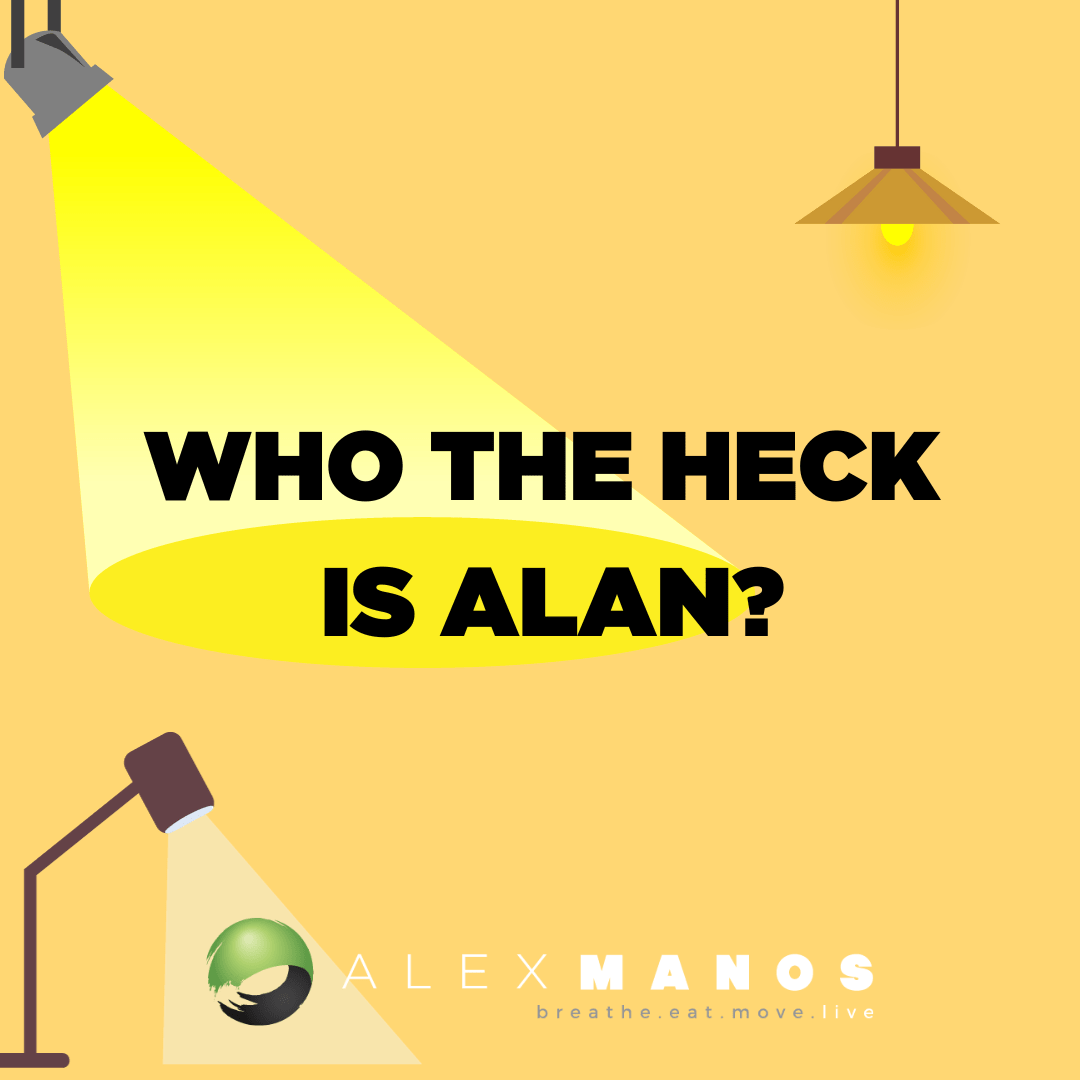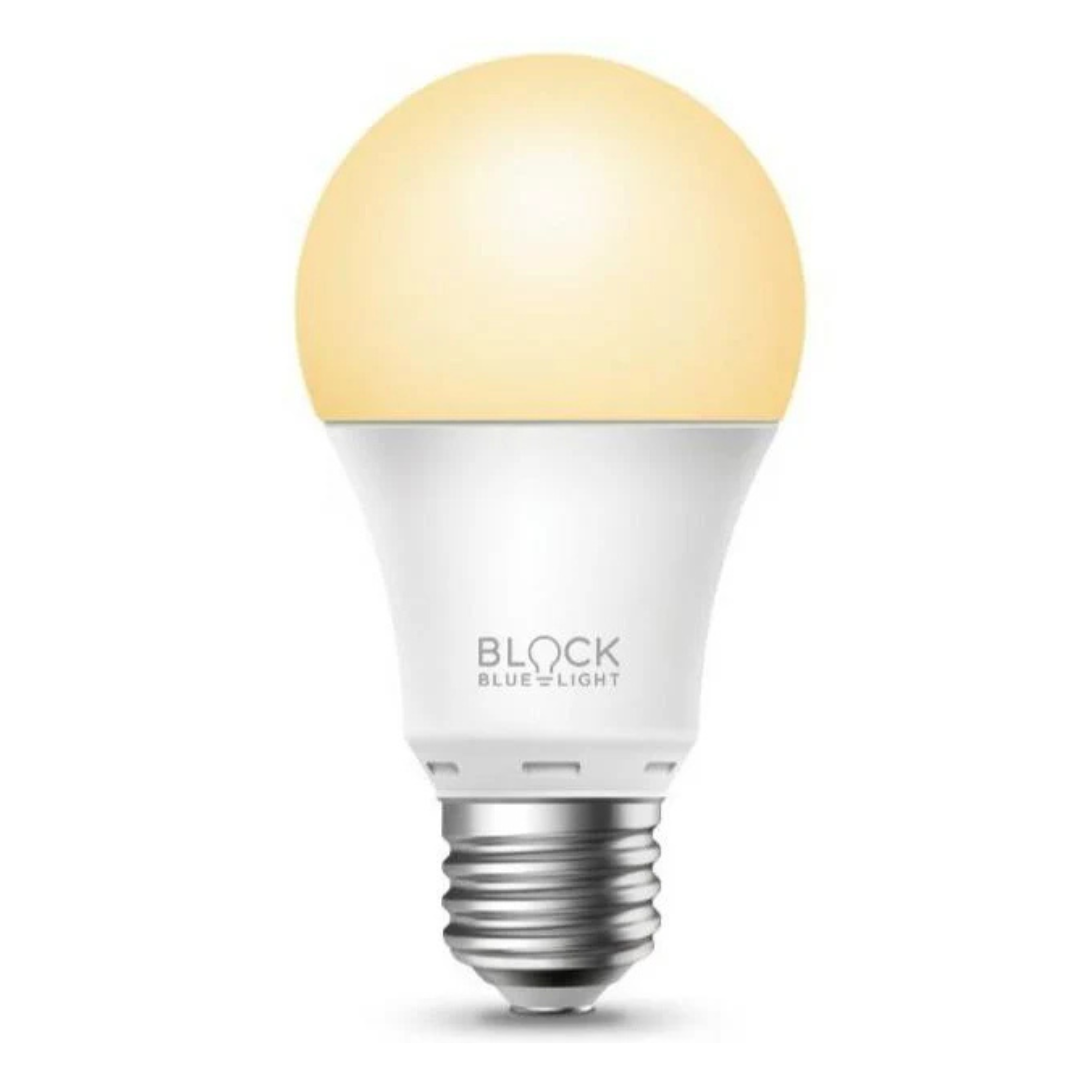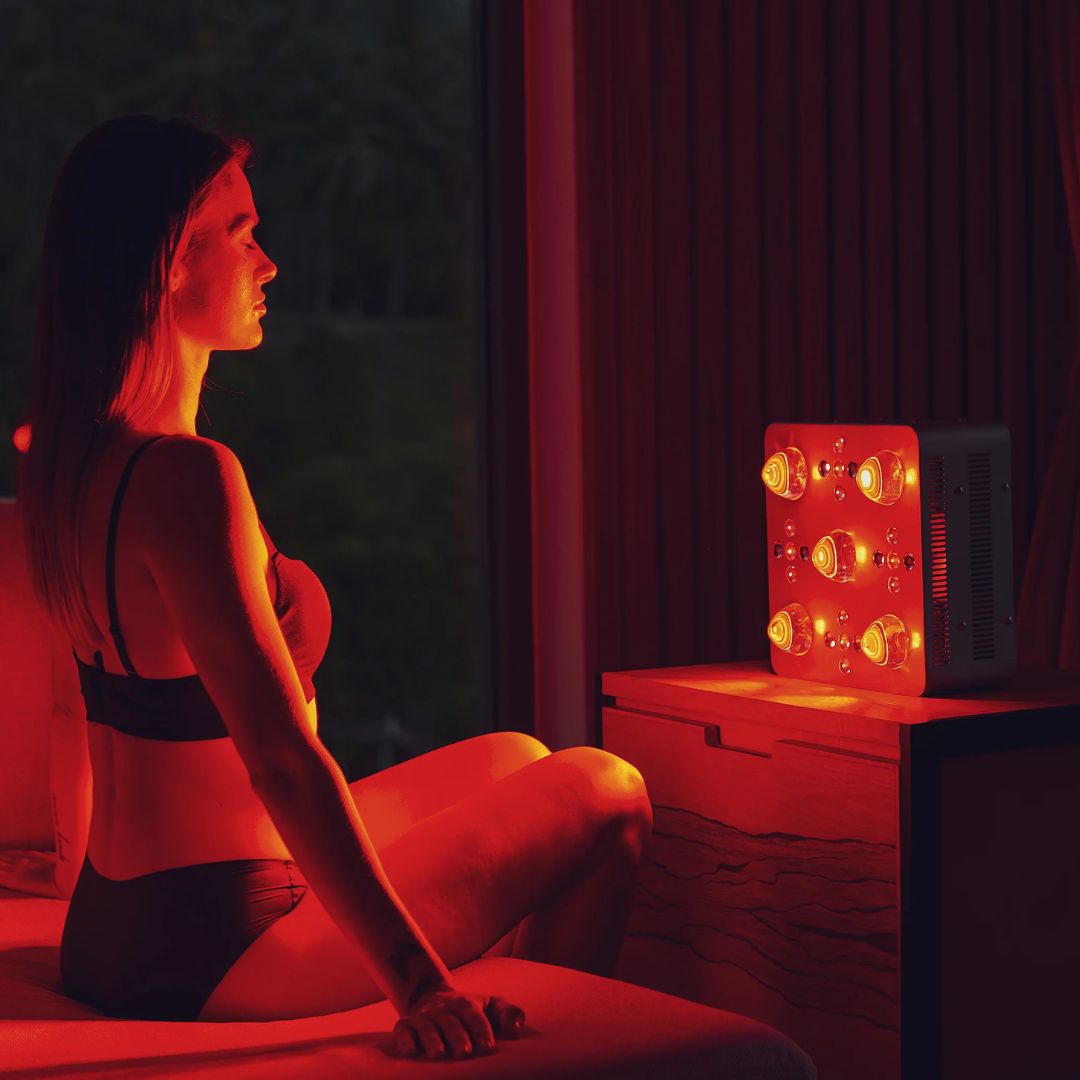Before we start, other blogs that you might be interested in, include:
The Human Health Effects Of Artificial Light
Light at night is a pervasive problem in our society; over 80% of the world’s population experiences significant light pollution. Exacerbating this issue is the reality that artificially lit outdoor areas are growing by 2.2% per year and continuously lit areas brighten by 2.2% each year due to the rapid growths in population and urbanization (1).
Furthermore, the increase in the prevalence of night shift work and smart device usage contributes to the inescapable nature of artificial light at night (ALAN).
Although previously assumed to be innocuous artificial light at night:
- Has deleterious effects on the circadian system and circadian-regulated physiology, particularly immune function.
- Alters clock gene expression and suppresses melatonin.
- Influences inflammation and the innate and adaptive immune systems.
Before the nineteenth century, the sun served as the primary light source for much of life on Earth, with most of the world receiving roughly 12 h of daylight (50,000–100,000 lx) and 12 h of relative darkness (0.001–0.3 lx) on average. However, with the advent of the light bulb and artificial lighting systems in the late 1800s to early 1900s, humans began to increase their light availability, lengthening their subjective day, and ultimately changing the Earth’s overall lightscape via light pollution.
In a 2016 study, it was estimated that 83% of the world’s population and more than 99% of the USA and Europe lives with light pollution. This is a striking increase from the original 2001 study estimating 62% of the world’s population lived in areas where the night sky was > 10% brighter than natural sky brightness.
Whereas the average home living room ranges from 100 to 300 lx, the average lit working environment can range from 400 to 600 lx—far greater intensities of light relative to the 0.3 lx of a full moon night sky.
Many environmentalists, naturalists, and medical researchers consider light pollution to be one of the fastest growing and most pervasive forms of environmental pollution. And a growing body of scientific research suggests that light pollution can have lasting adverse effects on both human and wildlife health (4).
Technology, Light, And Human Health
In addition to working night shifts, smartphones, tablets, computers, TVs, and other electronic devices have all become sources of ALAN, as humans increasingly adopt technology in their daily lives. Over the past 10 years, the number of smartphone users in the USA increased from just 35% of Americans in 2011 to nearly 85% in 2021. Not only in the USA, but the adoption of smartphone usage has also increased significantly around the world, with more than 80% of the global population having a smartphone.
This widespread adoption of smart devices has undoubtedly contributed to increased ALAN, given that 95% of surveyed Americans report regular electronic usage within an hour of bedtime and 70% of adults report accessing social media before bed. Although the light emitted from the average smartphone or other backlit portable electronic device may only be around 40 lx, the emission of high intensity short-wavelength blue light from these LED and LCDs are thought to be the most impactful.
In industrialised countries, 75% of the total workforce is estimated to have been involved in shift work and night work (3).
ALAN alters circadian clocks and melatonin secretion
In nature, photic signaling from the retina to the SCN encodes time-of-day information about the surrounding environment. Photic signaling cues at the beginning, end, and throughout the duration of the light phase are integrated in the SCN to modify the cellular and molecular activity of local neurons and astrocytes
SCN activity drives the rhythmic secretion of an important synchronizing humoral cue: melatonin. Via the modulation of sympathetic tone, SCN activity during the dark phase stimulates the secretion of melatonin from the pineal gland. Unlike many other circadian rhythms, melatonin secretion is phase-independent; it is secreted at night in both nocturnal and diurnal animals. Melatonin functions to synchronize peripheral rhythms, and its duration of nocturnal secretion encodes day length, a critical feature driving seasonal rhythms]. A crucial function of melatonin is the modulation of the activity of the immune system.
The immune system exhibits circadian rhythms in function that enable optimal energetic resource allocation as organisms vary their activity across the day. Circadian rhythms in immune function are often phase-dependent such that they follow activity-rest patterns. For example, circadian rhythms are observed in the number of circulating leukocytes, the production of cytokines, and responses to immune challenges.
Importantly, the rhythmic activity of the immune system across the day is coordinated by the modulation of autonomic tone by the SCN, clock gene regulation of gene expression, and the fluctuation of humoral signaling cues, such as melatonin. Melatonin acts to both synchronize immune activity across the day and modulate the activity of the immune system. Depending on the conditions in which it is secreted, melatonin can act as a pro-inflammatory and anti-inflammatory agent.
As our modern environments are flooded with ALAN, photic signaling information no longer consistently encodes time-of-day information. Synchronized melatonin secretion from the pineal gland is dependent on consistent dark-phase cues from the SCN. Exposure to light suppresses melatonin secretion, thereby restricting its secretion to the dark phase. However, the SCN cannot distinguish between natural and artificial lighting sources: light is light. Just as natural light, ALAN suppresses melatonin in numerous species in an intensity-dependent manner. Indeed, ALAN blunts melatonin secretion in humans.
Synchronization of circadian rhythms of the immune system is dependent on organizing cues originating from the SCN, including melatonin. Because ALAN alters clock gene loops, melatonin secretion, and numerous other synchronizing cues, its effects on behavior and physiology are numerous. The consequences of ALAN on immune function are becoming increasingly evident.
Artificial Light And The Innate Immune System
Optimal functioning of an organism’s immune system is critical for protection and survival from illness and disease. However, increasing evidence has demonstrated that dramatic growth in population/urbanization and subsequent increase in ALAN can have deleterious consequences on an organism’s ability to respond to an immune challenge. There is clear evidence that ALAN alters innate immune function; typically, ALAN impairs innate immune responses.
Artificial Light And Inflammation
ALAN consistently elevates basal inflammation. The majority of research demonstrating this effect has been conducted in rodents, with several corroborating studies in other species.
The effects of ALAN on heightened inflammation or heightened immune tone are noted in other species, including humans. In an at-home randomised crossover study, humans that slept with 40 lx of light in their bedrooms were observed to have elevated plasma high-sensitivity C-reactive protein concentrations.
Artificial Light And Cancer
Observational studies showed that outdoor ALAN levels are a risk factor for breast cancer (2).
The IARC has classified shift work in group 2A of “probable carcinogens to humans” since “they involve a circadian disorganization”. (3)
Epidemiologic studies, mainly of nurses, have revealed an association between sustained night work and a 50-100% higher incidence of breast cancer (3).
Controlled laboratory studies do show that exposure to light during the night can disrupt circadian and neuroendocrine physiology, thereby accelerating tumor growth. (4)
Schernhammer and her colleagues have also used their NHS cohort to investigate the connection between artificial light, night work, and colorectal cancer. In the 4 June 2003 issue of the Journal of the National Cancer Institute, they reported that nurses who worked night shifts at least 3 times a month for 15 years or more had a 35% increased risk of colorectal cancer.
This is the first significant evidence so far linking night work and colorectal cancer, so it’s too early to draw conclusions about a causal association. “There is even less evidence about colorectal cancer and the larger subject of light pollution,” explains Stevens. “That does not mean there is no effect, but rather, there is not enough evidence to render a verdict at this time.” (4)
Artificial Light And Cardiovascular Health
Circadian misalignment caused by chronic ALAN exposure may have negative effects on cardiovascular functions (2).
Artificial Light And Metabolic Health
Circadian misalignment caused by chronic ALAN exposure may have negative effects on metabolic functions (2).
On 14–15 September 2006 the National Institute of Environmental Health Sciences (NIEHS) sponsored a meeting that focused on how best to conduct research on possible connections between artificial lighting and human health. The authors of the report of that meeting in the September 2007 issue of EHP stated:
“It may not be entirely coincidental that dramatic increases in the risk of breast and prostate cancers, obesity, and early-onset diabetes have mirrored the dramatic changes in the amount and pattern of artificial light generated during the night and day in modern societies over recent decades. “The science underlying these hypotheses has a solid base,” they wrote, “and is currently moving forward rapidly.” (4)
Artificial Light And Psychological Health
Circadian misalignment caused by chronic ALAN exposure may have negative effects on psychological functions (2).
Disruption of the circadian clock is linked to several medical disorders in humans, including depression (4).
Conclusions: Artificial Light The Elephant In the Room For Human Health
Several key aspects of the immune system are governed by circadian rhythms. Here, I highlighted the relationship between ALAN exposure and altered immune function. Specifically, ALAN exposure detrimentally affects both the innate and adaptive immune function.
References
- Light at night disrupts biological clocks, calendars, and immune function (click here)
- Effects of artificial light at night on human health: A literature review of observational and experimental studies applied to exposure assessment (click here).
- Association between light at night, melatonin secretion, sleep deprivation, and the internal clock: Health impacts and mechanisms of circadian disruption (click here).
- Missing the Dark: Health Effects of Light Pollution (click here)
Alex is a certified Functional Medicine Practitioner (IFMCP) and has a MSc in Personalised Nutrition. He is also a breathwork facilitator with a background in personal training and massage therapy. He also runs The Resiliency Program - a 24 week program aimed at building physical, mental, emotional, and spiritual resilience.





